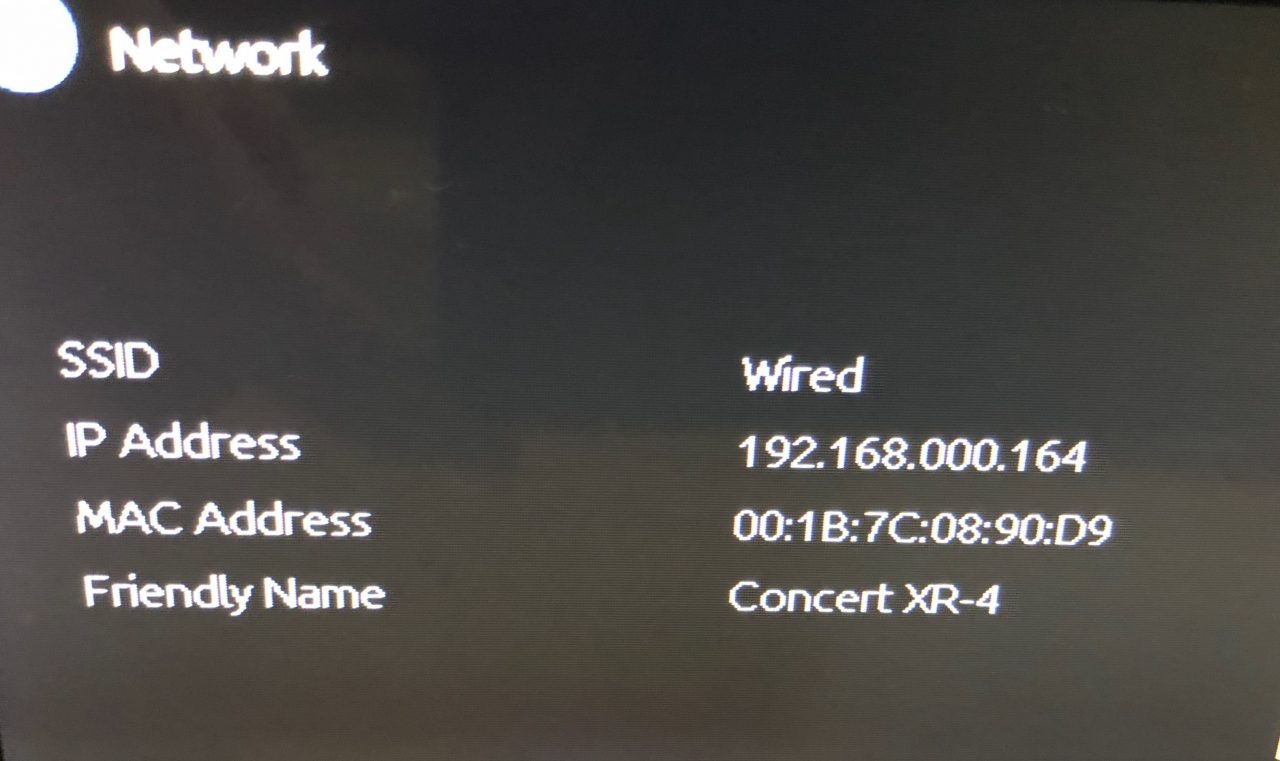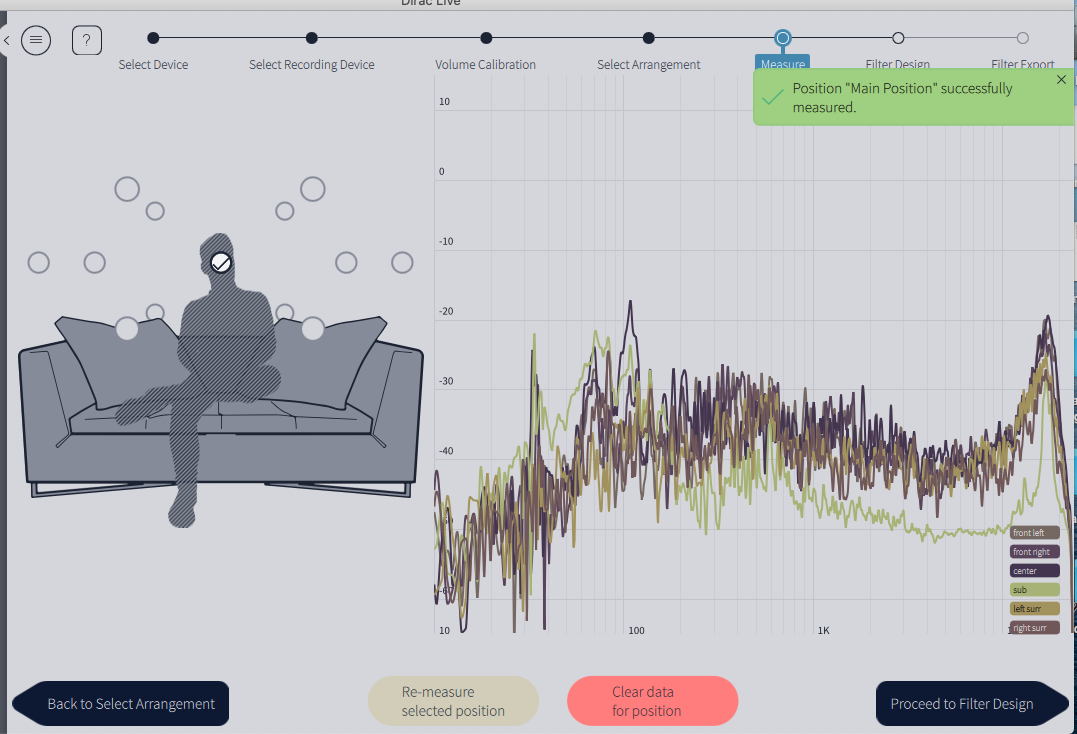

In both cases, the DM interaction is crucial for achieving the nontrivial topology, playing the role analogous to the spin-orbit coupling for electrons in the quantum spin Hall effect 2, 3. Amongst the known proposals, those regarded as promising are using the Dzyaloshinskii–Moriya (DM) interaction in Kagome lattice 18, 19 or honeycomb lattice 20, 21. Although these proposals are enlightening, experimental realization and firm confirmation are still not easy.

So far, several possible mechanisms for realizing topological magnon modes are proposed 17, 22, 23, 24, 25, 26. Novel features of topological magnon modes protected by bulk topology 17, 18, 19, 20, 21 have also been considered. As a quasiparticle, magnon is a charge neutral boson and free of dissipation due to Ohmic heating, thus useful for various applications 14, 15, 16. Magnons are quanta of spin-wave excitations in magnetic systems. The current intense study of topological systems was ignited by the discovery of topological insulators in quantum electronic solids, but this idea has been developed into bosonic systems and various wave phenomena 7, 8, 9, 10, 11, 12, 13. Because of topological protection, these surface or edge states are immune to back-scattering and robust against disorder, which can be exploited for achieving innovative functionalities. The most prominent feature of topological systems is the surface or edge states. Recently topology has become a unified key concept in material sciences 1, 2, 3, 4, 5, 6. This mimics the spin-momentum locking phenomenon in the quantum spin Hall effect. Topological magnon modes appear at the interface between a topological domain and a trivial domain with magnon currents, which counterpropagate depending on pseudospins originated from orbital angular momenta of magnon modes. In both ferromagnets and antiferromagnets, tuning exchange couplings between and inside hexagonal unit cells induces a topological state accompanied by a band inversion between p-orbital and d-orbital like magnon modes. Here, we propose a new scheme to achieve topological magnon where only nearest-neighbour exchange couplings on honeycomb lattice are necessary. Although there are several theoretical proposals for topological magnon modes and growing experimental efforts for realizing them by now, it is still desirable to add complementary insights on this important phenomenon.

500mV out)ġ10dB (32 Ohms loads A-WTD, ref.Topological magnon modes are expected to be useful for novel applications such as robust information propagation, since they are immune to backscattering and robust against disorder. >76dB (MM cartridge source, IHF A-weighted, ref. 500mV out, unity gain)Ĩ4dB (200 Ohm source A-weighted, ref. KINDLY PM FOR LATEST STOCK AVAILABILITY BEFORE PURCHASINGġ Year Limited Warranty (T&C applies, warranty excludes human factor damage)ġ06dB (IHF A-weighted, ref.


 0 kommentar(er)
0 kommentar(er)
